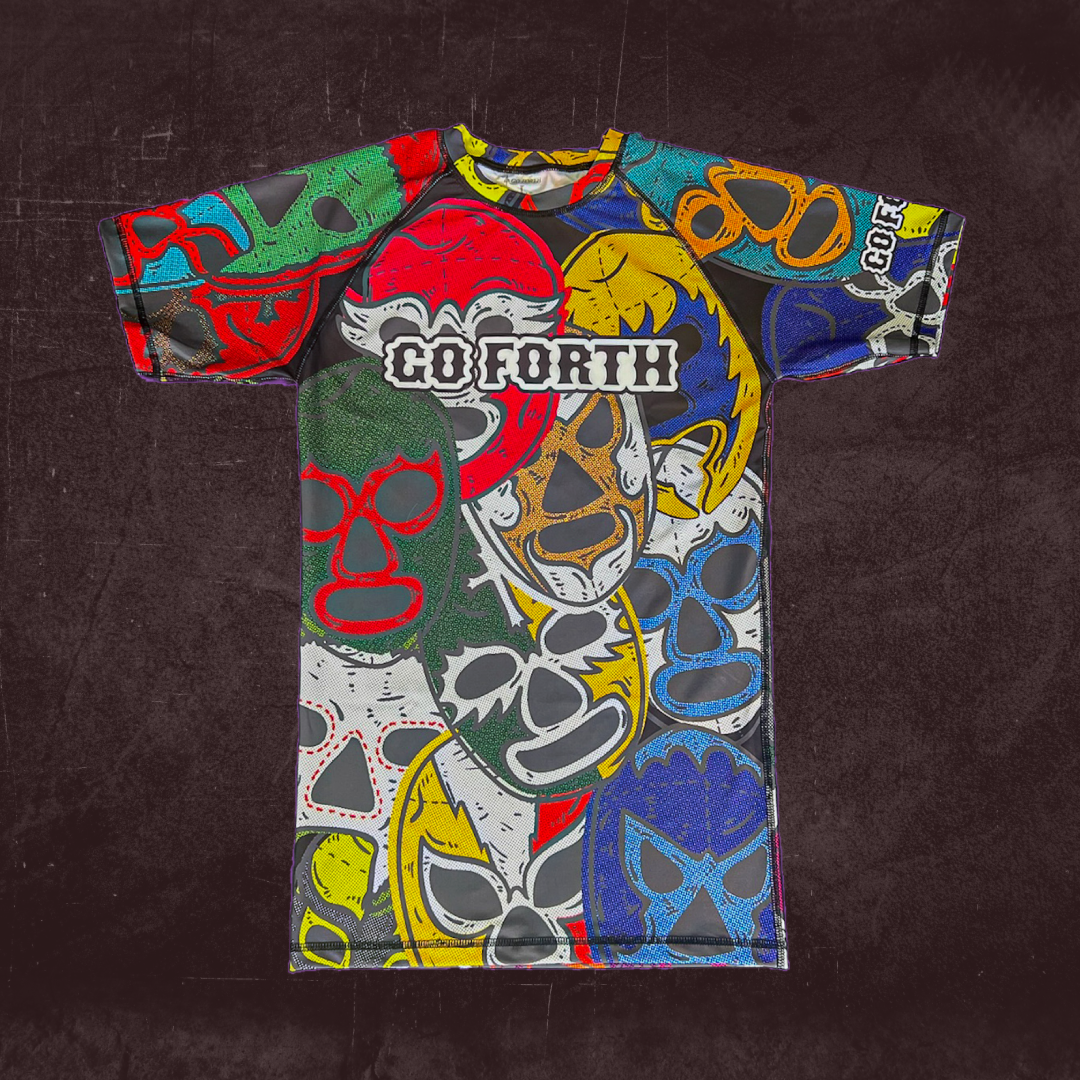If you’ve ever bought a cheap rashguard and noticed it pilling, stretching, or straight-up falling apart after a few hard rolls, you're not alone. And you’re not crazy. It’s not just bad luck, it’s bad manufacturing.
*Non-Pilling Rashguard*
Pilling refers to those annoying little fuzzballs that form on fabric after friction. In rashguards, it shows up as rough patches, fabric breakdown, or “bubbling” that makes your gear look like it’s been through a meat grinder, even if it’s only a few weeks old.
This is a material issue, not a cosmetic issue. When pilling starts, the integrity of the fabric is already compromised. That layer of skin-tight protection you’re relying on? It’s getting weaker every time you move. It all comes down to cheap polyester blends and low-quality construction. Budget rashguards are often made from fabrics that aren’t meant to endure the kind of abrasion Jiu-Jitsu creates.
To keep costs down, manufacturers cut corners on thread count, knit tightness, and reinforcement, leaving you with gear that might look good at first, but can’t handle real training.
And we haven’t even touched the hygiene risks of decaying fabric, which absorbs more bacteria and becomes harder to clean over time.
If you’re investing in your training, invest in gear that matches that mindset. Look for rashguards with:
-
High-quality polyester/spandex blends (typically 80/20 or 85/15)
-
Flatlock stitching to reduce breakage
-
No pilling after a dozen sessions (if it does, it was never worth your money)
At Go Forth, we test everything in real gyms, on real mats, with real grapplers. We’d rather make one rashguard that lasts two years than sell you five that fall apart.
Stop Settling for Disposable Gear
Ditch the garbage rashguards and go with something made for people who live on the mats.
Check out our rashguard collection and feel the difference for yourself.
🖤 Built to last. Backed by grapplers. Conquer everything.




